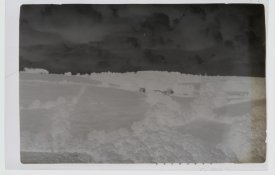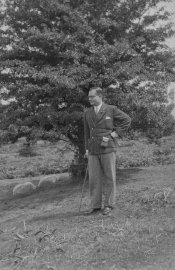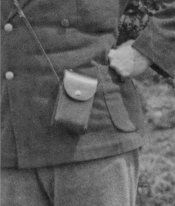Romanko
Member
I have some old negatives shot on 127 type film around 1930s. All have marks at the edge of the frame as shown in the images (the negatives in the images were photographed with the emulsion side to the camera).
It appears the indents were made on the film frame of the camera and would appear at the upper left corner of the frame when viewed from the back of the camera.
What was the purpose of these marks?
Were they made by the manufacturer or added post production by the owner?
Do we know of any cameras from this period that would have such marks?
It appears the indents were made on the film frame of the camera and would appear at the upper left corner of the frame when viewed from the back of the camera.
What was the purpose of these marks?
Were they made by the manufacturer or added post production by the owner?
Do we know of any cameras from this period that would have such marks?
Attachments
Last edited by a moderator:










